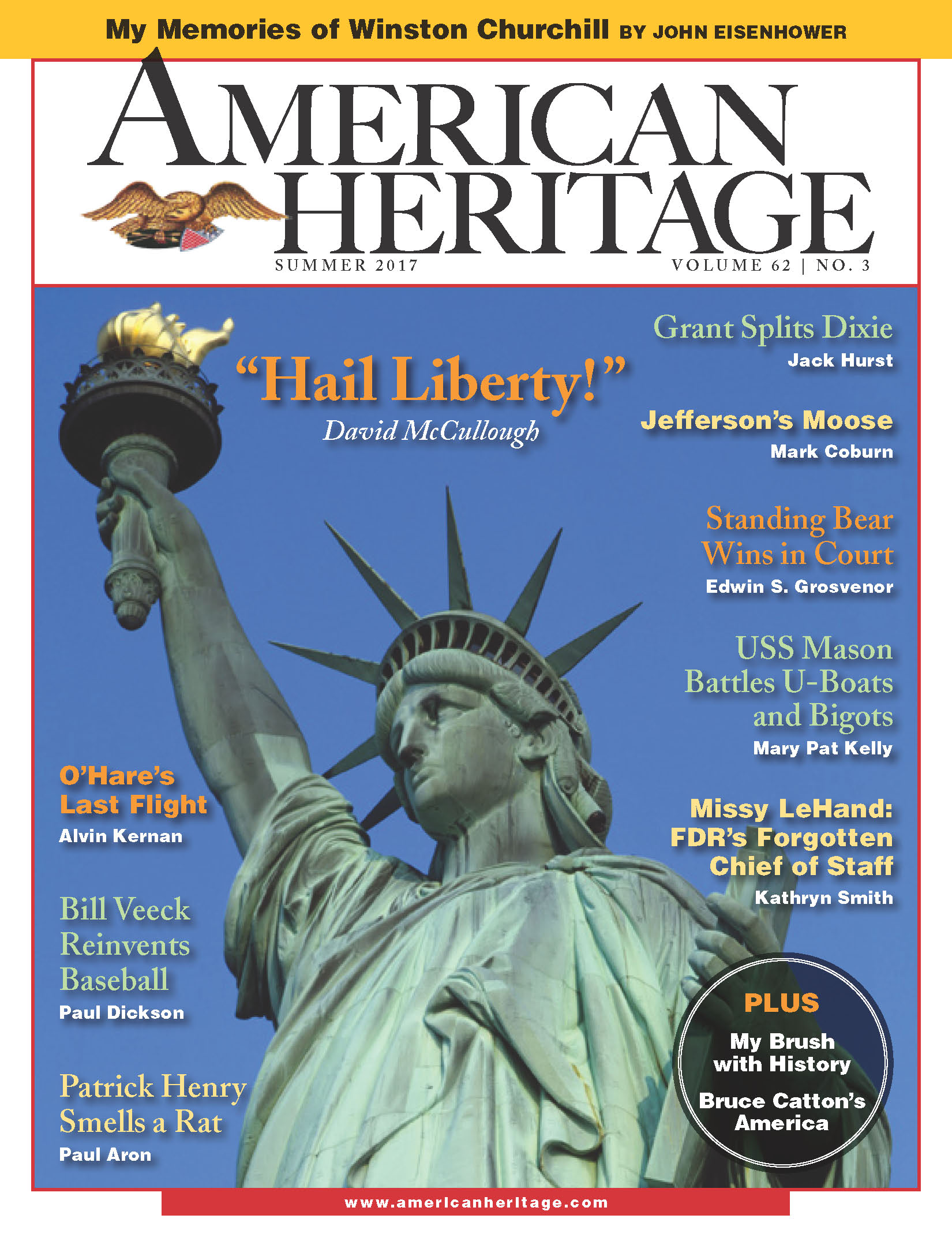Remember the Alamo
-
April/May 2005
Volume56Issue2
When DVD’s were introduced, a number of critics hailed them as an opportunity for filmgoers to stop and reflect on films that hadn’t been given a fair shot the first time around. It hasn’t turned out that way. The constant flood of new product on the market has instead practically guaranteed that a film ignored on release has almost no chance of emerging into prominence on re release.
Such is the case with John Lee Hancock’s The Alamo (2004), which is remembered now, if at all, as a film that cost in excess of $130 million to produce and generated little more than $30 million in ticket sales. The film sank out of sight before anyone could analyze why it had failed, and since it was not a hit, no one wanted to defend it.
Watching The Alamo on DVD, it’s quite easy to see what went wrong. It has no male action stars, no parts for hot young actresses, and a story line that demands that the audience pay some attention. One has only to look at the five biggest-grossing films in the week when The Alamo was released to see what audiences wanted: Kill Bill: Vol. 2 , Man on Fire , Hellboy , The Punisher , and Walking Tall .
When you haven’t got anything to lure the kids, you need strong critical support. The Alamo was doomed on this count before a scene was filmed. When the project was announced, more than a year and a half before its release, Disney’s CEO, Michael Eisner, proclaimed that this telling of the near-mythical siege and fall of the Texas fort would “capture the post-September 11 surge in patriotism.” You don’t have to be of a liberal bent—although many film critics are—to find that statement a little crass. Eisner’s comment predisposed many in the press to treat this version as a mere update of John Wayne’s 1960 version of the Alamo story, which was widely seen as a Cold War metaphor.
Then there was the dreaded “troubled production history” syndrome. Ron Howard was supposed to direct but bolted when Disney would not approve the R-rated version he wanted to film (presumably this would have meant more explicit violence). Howard ended up producing, with Hancock, who had only one previous feature, The Rookie , directing.
All of this helps explain why The Alamo couldn’t find an audience, but the solitary
viewer probably won’t care about any of that and likely will be surprised to find how good the film actually is. Several critics remarked on the script’s “confusion,” but in fact the screenplay is a model of clarity. It presents us with the characters’ personal and political motivations without telling us how to feel about them. The film details the mingled destinies of Davy Crockett, Jim Bowie, and the Alamo’s commander, William B. Travis. And for the first time in any Alamo movie, it makes the Mexican general Antonio López de Santa Anna a major character. Played by the flamboyant Mexican actor Emilio Echevarría, Santa Anna is a fascinating monster, an egomaniacal tyrant but still a patriot who comprehends the historic sweep of what is happening in Texas as the tide of Anglo-Americans threatens to swamp the native Mexicans. (“Our grandchildren will end up eating the crumbs thrown to them by these bastards,” he tells his officers.)
His opposite number, the Tejano Juan Seguin, played by Jordi Mollà in a sad, sweet, shaded performance, loves his country but loathes Santa Anna and chooses, reluctantly, to fight with the Anglos. Jim Bowie, the slave-trading pirate fighting to defend his home, is played with bravura by Jason Patric; Travis, the soldier of fortune who came to Texas hoping to turn his life around, is portrayed by Patrick Wilson with a sense of calm desperation. (When Patric tells him the night before the final assault that if he lives five more years, he “just might become a great man,” Wilson replies, “I fear that I will have to settle for what I am now.”)
The real revelation of The Alamo , though, is Billy Bob Thornton’s Davy Crockett, a man bewildered by his own fame who, before the end, manages to grow into the hero everyone sees him as. The battle itself is a breathtaking piece of action filmmaking, shot at night—true to history —and, unlike previous Alamo movies, switching back and forth to convey the terror on both sides of the walls.
This Alamo isn’t merely the most historically accurate film account of the story to date, it is the only reasonably historically accurate one. For all their talk of historical accuracy though, Alamo buffs would, if you press them, prefer the sugarcoated myths of Walt Disney and John Wayne. I understand the appeal of those myths; I cherished them in my youth and still do. But it’s sad that we can’t forge new myths out of historical realities, that we can’t see our old heroes as the flawed men they were and still accept them as heroes.


